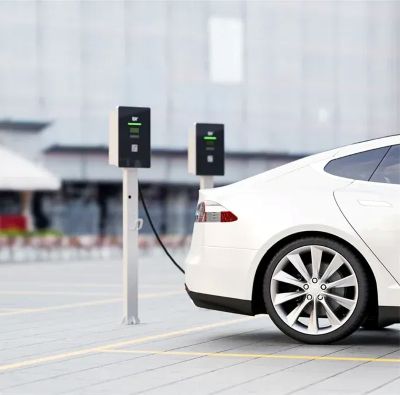


Understanding IP & IK Ratings: Ensuring Optimal Protection for EV Chargers
Introduction
As electric vehicle (EV) adoption continues to grow, the demand for robust and reliable EV charging infrastructure is rising. For businesses investing in EV charging stations, understanding the protective standards that ensure the longevity and functionality of these devices is crucial. Two key standards are the IP (Ingress Protection) and IK (Impact Protection) ratings. These ratings reveal how well an EV charger can withstand environmental factors and physical impacts. This article explains the significance, differences, and how to choose the right ratings for your EV charger business.As a leading EV chargers manufacturer in China, Topper Company provides reliable electric vehicle charging station equipment and comprehensive solutions.
What Are IP Ratings?
IP ratings, or Ingress Protection ratings, are an internationally recognized standard (IEC 60529) that classify how well electrical enclosures resist external elements like dust, dirt, and water. An IP rating essentially acts as a “weather resistance score” for your EV charger, showing how well it can endure environmental conditions.
The IP rating consists of a two-digit code: the first digit indicates protection against solid particles, and the second digit indicates protection against liquids. Understanding these digits is crucial for selecting an EV charger that can reliably operate in different environments.
Common IP Ratings Explained
Here are some common IP ratings for EV chargers:
IP54: Protected against limited dust ingress and water splashes from any direction, making it suitable for outdoor use in areas with moderate exposure to rain or splashing water.
IP65: Dust-tight protection and resistance against water jets, ideal for dusty environments or areas with heavy rain.
IP67: Dust-tight and capable of withstanding immersion in water up to 1 meter deep for 30 minutes, essential for areas prone to flooding or heavy rainfall.
What is an IK Rating?
While IP ratings address environmental protection, IK ratings focus on the mechanical durability of equipment enclosures. IK ratings measure protection against physical impacts like collisions, vandalism, or accidental hits. For EV charging infrastructure, selecting chargers with appropriate IK ratings is essential for durability, especially in public or high-traffic areas.
IK ratings are represented by a two-digit number, ranging from IK00 (no protection) to IK10 (maximum protection). For example:
IK08: Can withstand impacts up to 5 joules (equivalent to a 1.7 kg mass dropped from 29.5 cm).
IK10: Can endure impacts up to 20 joules, offering the highest protection against physical damage.
IK Ratings vs. IP Ratings: What’s the Difference?
IP Ratings: Focus on environmental protection, ensuring the charger operates reliably in various weather conditions, from dusty construction sites to rainy outdoor locations.
IK Ratings: Address mechanical protection, indicating how well the charger can withstand physical impacts, such as vandalism or accidental collisions, which is especially important in public or high-traffic areas.
How to Choose the Right Rating for Your EV Charger Business
Selecting the appropriate IP and IK ratings depends on several factors:
Assess the Installation Environment: For outdoor installations in harsh weather conditions, choose a higher IP rating (IP65 or IP67). In high-traffic areas, consider higher IK ratings (IK08 or IK10) to protect against potential damage.
Consider Foot Traffic: In areas with high foot traffic, the risk of physical damage increases. A higher IK rating helps prevent damage from impacts and ensures durability.
Evaluate the Risk of Vandalism: Chargers in public locations may face vandalism. A higher IK rating is ideal to resist damage from deliberate hits.
Balance Cost and Protection: Higher IP and IK ratings may come at a higher cost. Assess the environment and risk factors to choose the most suitable balance between protection and budget.
Consult Experts: If unsure, consult experts or manufacturers who specialize in EV infrastructure. They can provide valuable insights tailored to your needs.
Conclusion
In the growing EV market, ensuring the durability and reliability of charging infrastructure is essential. IP and IK ratings provide a standardized way to assess environmental and mechanical protection for EV chargers. By understanding these ratings and considering factors like installation environment, foot traffic, and vandalism risk, businesses can make informed decisions. Investing in the right IP and IK-rated chargers ensures long-term reliability and enhances user experience, helping businesses build a robust and future-proof charging network.Know more about Google SEO Directory
